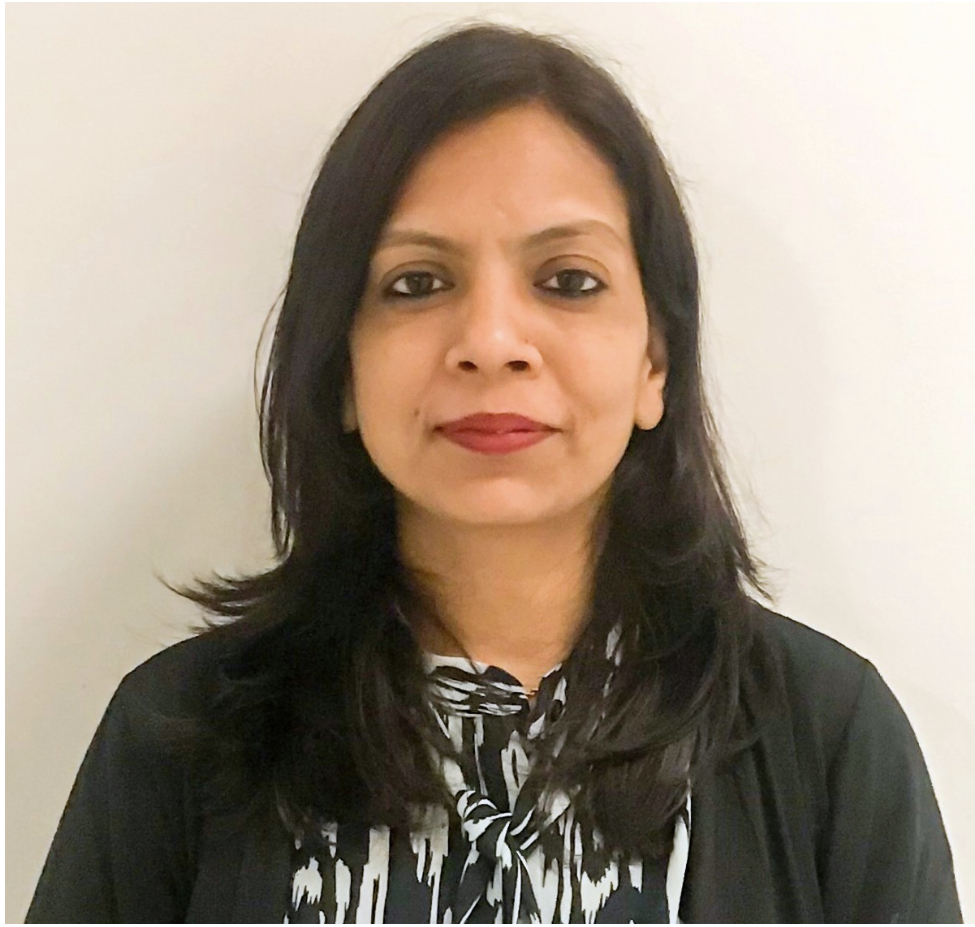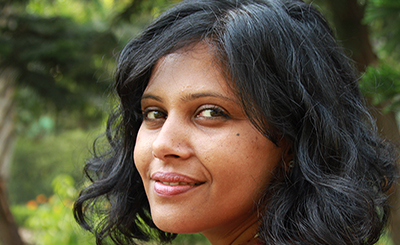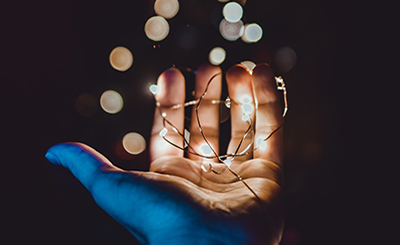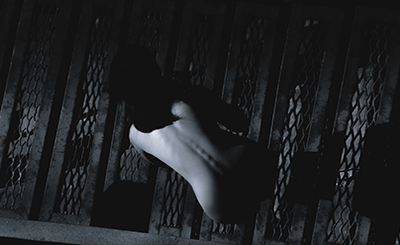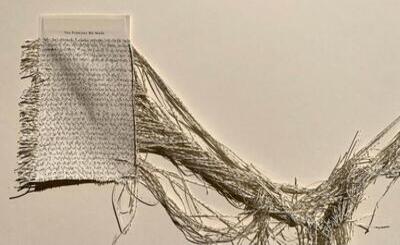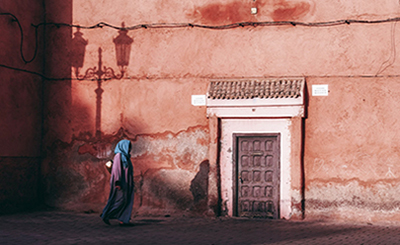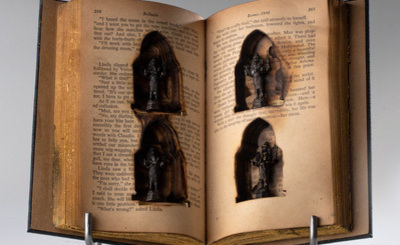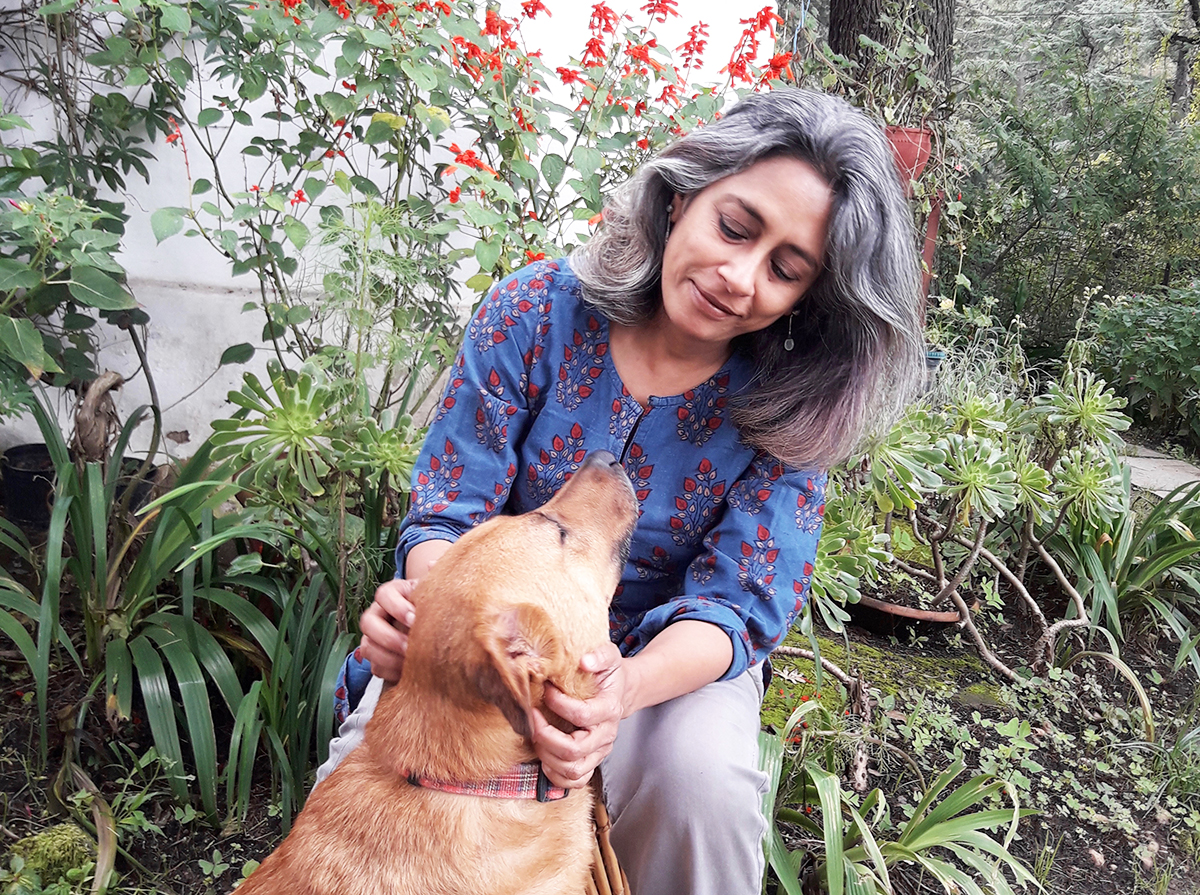
Anuradha Roy. Photos: Rukun Advani
Anuradha Roy’s evocative fifth novel, The Earthspinner (Hachette India), is pivoted around the evisceration of freedom and civil liberties, a familiar phenomenon in the New India. Its protagonists reinvent themselves in order to move on, shaking off the memory of a painful past. A horrific incident uproots a potter, who is in love with a woman outside of his religion, and he is forced to flee his home and escape in order to be together with the love of his life. Five years later, a young woman, who had learnt to spin the wheel from the potter and had been a witness to his world falling apart, attempts to “reassemble” herself in another continent. Change, her deceased father would have said, “was the work of the earth spinning, spinning as it always had.”
Reflecting at the world that has disappeared, Sara, who is studying English literature in London, wonders at the certainty in the people she has left behind that their world would heal in a matter of weeks. “Were they hiding from the full horror of what happened? It was not going to be a matter of weeks or even years. As the city was remade, Kummarapet (the potter’s locality) itself would melt back to earth. New roads and buildings would replace its ponds, scrubland, hutments, the lightning-blasted tree and the potter’s clearing by it; until finally the very name of the village was erased from maps and it merged into the silent oblivion of the Deccan Plateau on which it had once lived.” Chinna, a dog who intersects their worlds, would go on to be the “grand old dog of Kummarapet, who had lived and loved and populated the neighbourhood with versions of himself.”
Excerpts from an interview:
The Earthspinner combines aspects of your private life (pottery, love for dogs, writing), but has a political message — the insanity in the name of religion — at its heart. Did it begin as a story where the personal is political?
I don’t think the personal and political can be separated out; I know that in each of my books political questions, those of power, are at the centre. But I don’t start out thinking of this; novels start as ideas, images, moments of finding connections. When there are characters and images that start to obsess me, the writing is a means to finding out what they are all about. I started thinking about terracotta horses made all over India and the people who made them, and as Elango the potter’s character emerged, the novel started to grow in many directions and slowly became an exploration (among other things) of the very political question, the death of the ideal of social harmony. It was never realised, but was always an ideal to aspire to and now that is gone as well.
How did you arrive at the three main characters — Elango the potter; Sara, the student of English literature, and Chinna, the dog — and their overlapping lives? How important was it for you to tell the story, in parts, in the voice of Sara?
The novel is told partly in third person and partly in first person. The first person parts are narrated by Sara, who is crucial because she is amphibian: swimming in and out of classes, countries, localities, religions. It allows her to view her past in a fresh perspective, to alter the way she relates to the central character, the potter. Elango the potter is, in some ways, a distillation of many potters I have met over the years. He is the last practising potter in a community of village potters and he is fiercely individualistic, passionate about his work. Chinna is the dog he finds as an abandoned pup, and he is the catalyst for much of what happens in the book. In a place where lives are altered by identity and religion and sexuality, Chinna moves effortlessly through human-made barriers. I can’t say how exactly I arrived at the characters. They start off as whispers and over the writing, their voices and shapes grow more particular, clearer.
Your minor characters, like Akka and Zohra, Elango’s love interest, are fully realized. How do you approach them, work on them?
I work on every character the same way — they usually arrive in a sketchy, half-realised form and then as I write draft after draft, I feel as if I am getting to know them better. I start to understand their motivations and back stories as I go on rewriting, and I keep adding dimensions to them, or reducing.
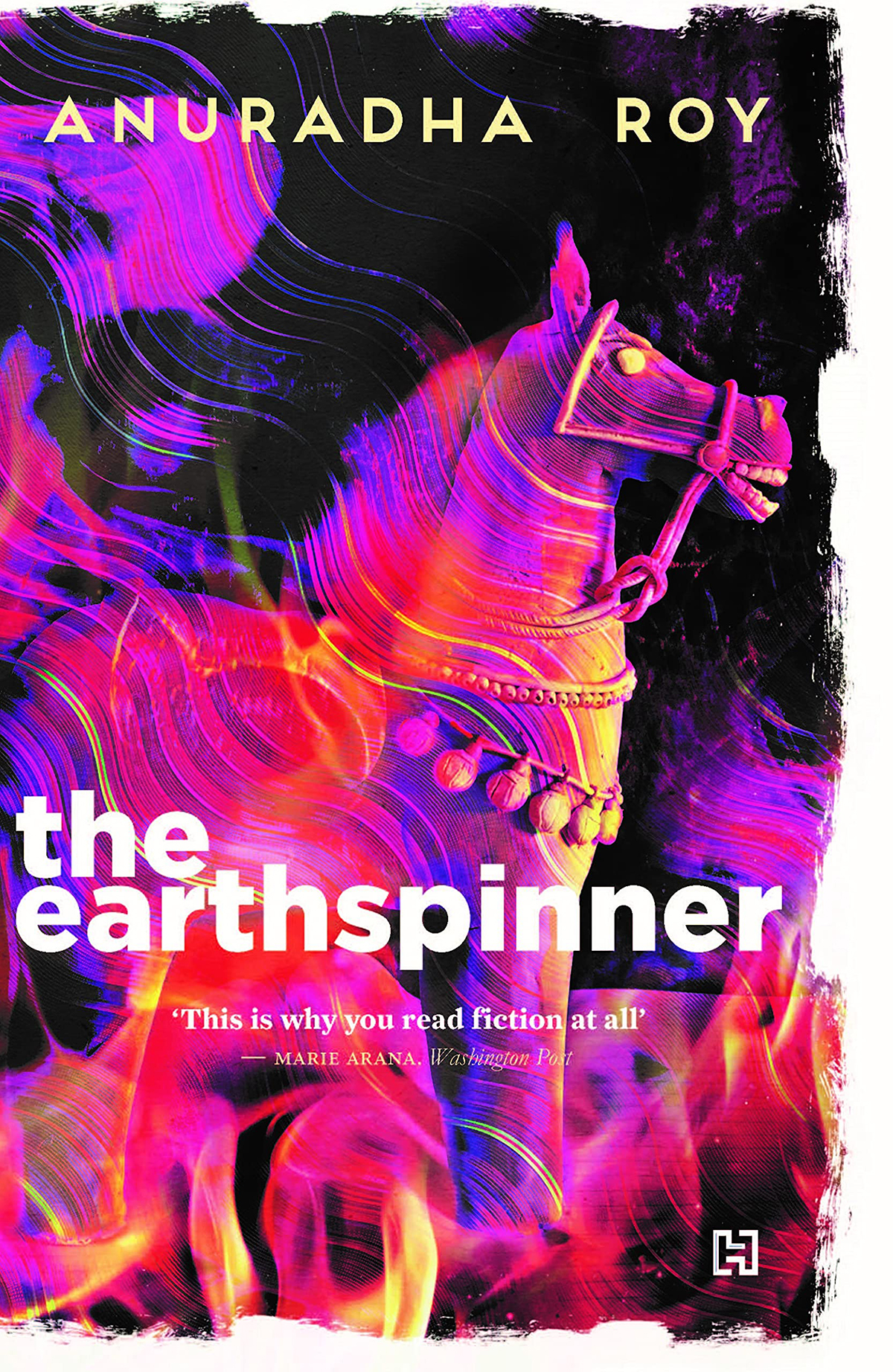
The Earthspinner
By Anuradha Roy
Hachette India
pp. 232, Rs 599
Kabir, a symbol of syncretic culture, is incredibly relevant to the India of today that keeps sliding into the sectarian abyss. One of his poems is central to the narrative. In these divisive times, what lessons should we deduce from his ideas of love and mysticism, from his alternative vision?
I think of his poetry and that of the other Bhakti poets (such as Akka Mahadevi whose words I used in an epigraph in Sleeping on Jupiter) as representing the truly spiritual, whose sense of the divine has nothing to do with power or superstition. It is fierce, iconoclastic and impatient with rituals and timid herd instincts. When Elango decides to use Urdu calligraphic carvings on his horse, he does so for aesthetic reasons — because he finds the script to be beautiful; and he also does so because he is in love with a Muslim woman. But when the old calligrapher decides to carve lines from Kabir, he is consciously urging people to understand the futility of religious fanaticism.
ALSO READ: ‘I want readers to feel and think and be immersed in its world’: Anuradha Roy on her novel All The Lives We Never Lived
by Manreet Sodhi Someshwar
Did you come to fiction first or pottery? Do you see both your practices — as a fiction writer and as a potter — informing each other? Who have been your greatest, abiding influences in both the medium?
I didn’t get to make actual pots until I was in my twenties, but I did have the habit of getting my hands muddy, making things, even when I was a child. The writing has always been there, as far back as my memory goes. Writing is very porous, it’s thirsty, a bit parasitical. It absorbs or feeds off everything it can find, and in my case that includes pottery. The times when I’m at work with my hands have been finding their way into my writing, I can see that now, from the characters and themes that have drawn me into this book.
As for influences, I find it very hard to pinpoint those. A lifetime of reading goes into what we write. Most of it is embedded deep in our unconscious. It is the same for pottery. So much pottery is anonymous — it exists even in archaeological digs from Harappan times. We see particular shapes and know they move us — mostly we don’t know who the potter is. After all, studio pottery is a quite recent thing. Among studio potters, one of the most influential early practitioners was Bernard Leach and the first book I read on pottery was his Potter’s Book. I started to read it as a handbook but then realised it embodied a way of life and thinking that I felt in sync with. I often go back to it, opening it at random and reading a few paragraphs.
While most of your novels revolve around women, you enter the minds of men characters with equal ease — for example, Diwan Sahib in The Folded Earth, and Elango in The Earthspinner. How do you work on your men characters?
It’s difficult for me to answer this. I’ve never thought of my male or female characters differently.
Most of your novels are set in small towns. Do you set out to craft your narrative in a way that it aligns with the slowness and quiet of your tranquil setting?
I think, if anything, that the narrative of The Earthspinner shows that small towns are neither slow nor tranquil. To quote a line from the book, “Where I come from we have always known that ordinary days can explode without warning, leaving us broken, collecting the scattered pieces of our lives, no clear idea how to start again.” Lives of undiscovered intensity go on everywhere — I don’t think we need the frenzy of a big city to depict emotions and events that are impactful.
Where do you derive your imperative and inspiration to write from? Is it out of some kind of ontological urge?
I see only now that it is somewhat abnormal for a teenager to want to spend whole evenings in a room with a typewriter, door locked against interruptions. From then and now, there isn’t much change in me, except that the typewriter has changed to a laptop. Clearly, for some reason I can’t fathom, and at times want to wish away, I need to write.
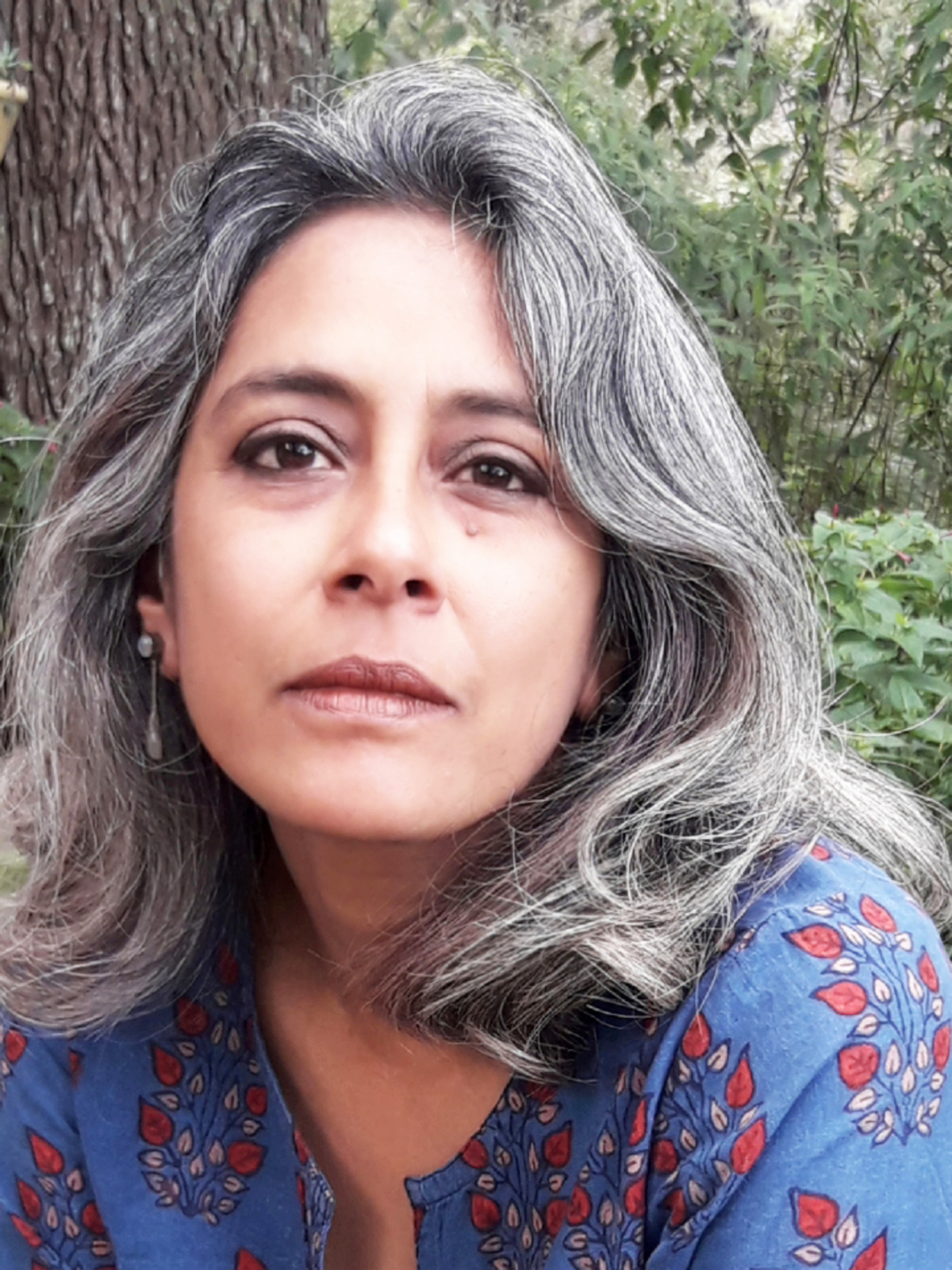
How often, if at all, does your own proclivities and presuppositions trickle into the outlook or behaviour of your characters?
I feel as if there are scraps from me in many of the characters in my books, and at the same time, not one of the characters is me. Characters rise from the consciousness of the author, so there is a link there which is indivisible. My fictional characters are invented; they are dreamed up – writers are congenital daydreamers. The characters can come to have quite independent lives even if at the beginning they contained something of the authors.
As a writer, how do you balance the need to withdraw into the caverns of the self and the urge to go out into the world?
I’ve never found that very difficult, because when I am immersed in a book I resent having to go out or have people coming over. I do feel a sense of liberation when I finish a book and can feel happy about doing other things.
You have acknowledged your publisher Christopher MacLehose as a fundamental force in your life and your husband Rukun Advani as the reason behind all your books. Could you talk about these professional and personal associations that have made you the writer/person you are?
I am very fortunate that as a child there was a well-known Bengali writer in my family and I saw her at work – a grandaunt, Jyotirmoyee Devi; and my own family always loved the fact that I wrote stories. But they could never be critical, and what I missed until I met Rukun and later Christopher were readers who are sympathetic and responsive and also, vitally, clear-headed, critical, honest. With them, and with my old friend and French translator Myriam Bellehigue, I can’t draw a line between friendship and work. We exchange thoughts, ideas, reading, all kinds of things — and my writing grows in this fertile and nurturing soil.
Comments
*Comments will be moderated



